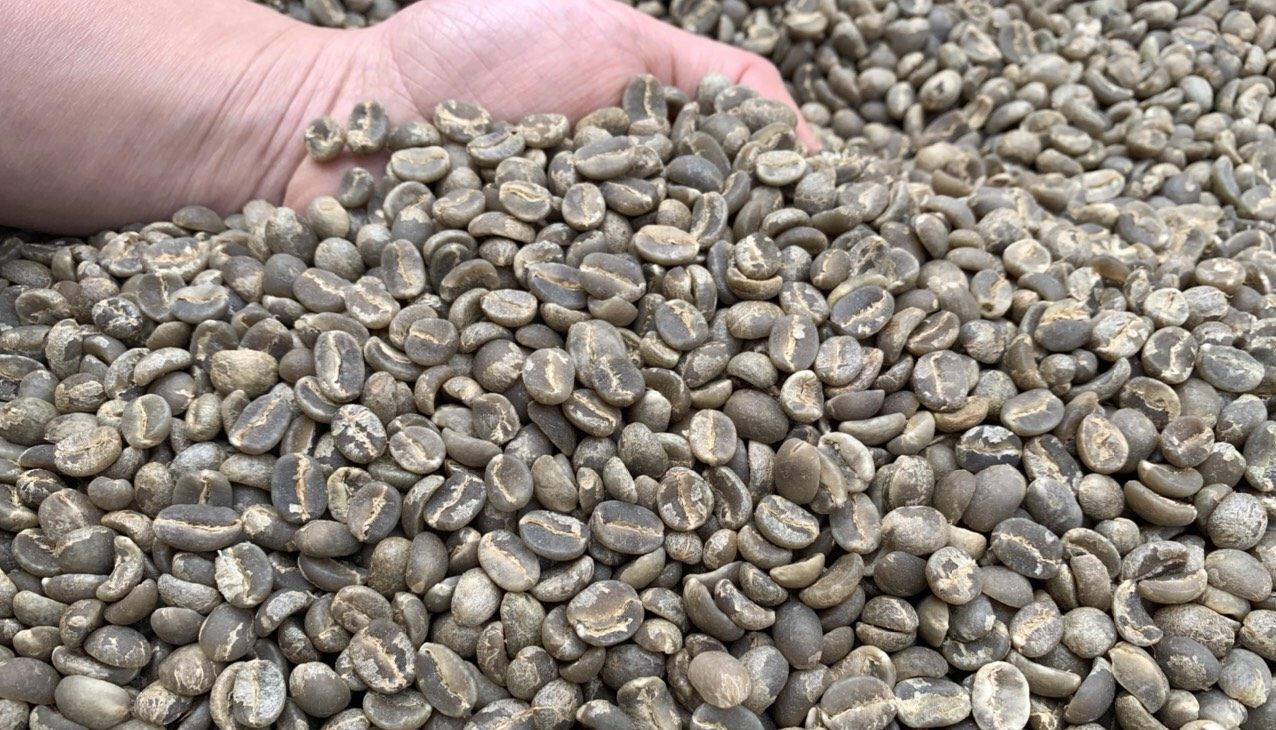
Coffee is typically grown in the temperate Central Highlands of the country, using basalt (volcanic) soil, perfect for growing coffee, cacao, and pepper. Join Helena coffee to learn more about the Best coffee beans for Vietnamese coffee.
What is Vietnamese coffee?
Vietnam is the second-largest coffee producer in the world. Second, to rice, coffee is Vietnam’s largest exported commodity and accounts for over 18% of global coffee exports.

Coffee was first introduced to Vietnam in 1857 by the French, influencing Vietnamese coffee to be made typically as a dark or French roast. Vietnamese coffee production boomed after political and economic reforms in the 1990s, particularly within specialty coffee markets over the last 15 years.
History of Vietnamese Coffee

Although the Vietnam War disrupted coffee production and trading. But Vietnam is the second-largest coffee exporter globally, with 1,650,000 tons per year. Coffee production has increased from 6,000 tons in 1975 to 2 million tons in 2016 and puts Vietnam in the position of one of the leading coffee exporting countries in the world today.
How to make Vietnamese coffee?

- Step 1: Rinse the coffee filter with boiling water first to reduce the heat absorbed by the filter. Making coffee will keep heat better, making the coffee better quality, aromatic, and rich in flavor.
- Step 2: Measure about 20 grams of powdered coffee into the film and shake the filter body to make the coffee even and flat.
- Step 3: Use the right coffee presser. It will be difficult for the coffee to flow down if it is too tight. If it is too light, the coffee will come out very pale, and the coffee powder will swell.
- Step 4: Incubate coffee with 20ml boiling water at 96-98oC for about 30 seconds.
- Step 5: Continue to pour 40ml of boiling water into the filter. Wait 3 minutes until the coffee runs down.
- Step 6: Add sugar/milk and enjoy according to your taste.
Best coffee beans for Vietnamese coffee
First of all, you should choose to buy the correct type of coffee used for making filters to protect your health, choose clean coffee products, and should consider the content of coffee so that it suits you best.
To talk about which type of coffee is the best, we must consider many different aspects: coffee variety, coffee preparation method, and coffee brand. Some types of pure coffee you should try are as follows:
- Moka Coffee: Once you drink it, you will find it sour, so use it in a particular ratio to have a delicious product. At the same time, it has a mildly bitter taste, seductive aroma to passion. The smell is twice that of Arabica beans.
- Robusta Coffee: When you drink it, you will feel the bitter taste, the mild aroma, the coffee has a brown color. No sour taste and moderate caffeine content.
- Peaberry coffee: Has a bitter taste but intense aroma. Coffee has twice the caffeine content. It should produce a rich black coffee essence.
- Arabica Coffee: When brewing coffee, it will give the water a light brown to bitter color, especially with a very attractive sour and sweet taste. It has a mildly bitter taste, seductive aroma.
Vietnamese coffee filter (Phin)
First of all, you should choose to buy the correct type of coffee used for making filters, protect your health, choose clean coffee products, and consider the content of coffee so that it suits you best.
Currently, there are many types of ready-ground coffee on the market, depending on how they grind. The most important thing you need to care about is that the coffee powder must be as big as a granule of sugar because if it is too fine, it will follow.
Holes in the filter fall into the glass to form a residue. Not only that, the coffee will be challenging to flow down, too smooth, sometimes not even flowing. With a 1kg coffee powder, you will get about 40 cups of coffee if you brew.
Condensed Milk in Vietnamese Coffee
The quality of the coffee beans affects the taste of the coffee. Thus, to have a good cup of coffee, you should choose quality coffee. You can mix different types of coffee beans to suit your taste.

The quality of the coffee beans affects the taste of the coffee. Thus, to have a good cup of coffee, you should choose quality coffee. You can mix different types of coffee beans to suit your taste.
Two popular types of coffee beans today are Arabica and Robusta. Arabica has high acidity strong aroma. Robusta has high bitterness but a slight aroma.
So, for a cup of coffee with a vibrant perfume, resentment, and balanced acidity, you can mix Arabica and Robusta coffee in a ratio of 1: 1. The mixing ratio can be changed according to taste.